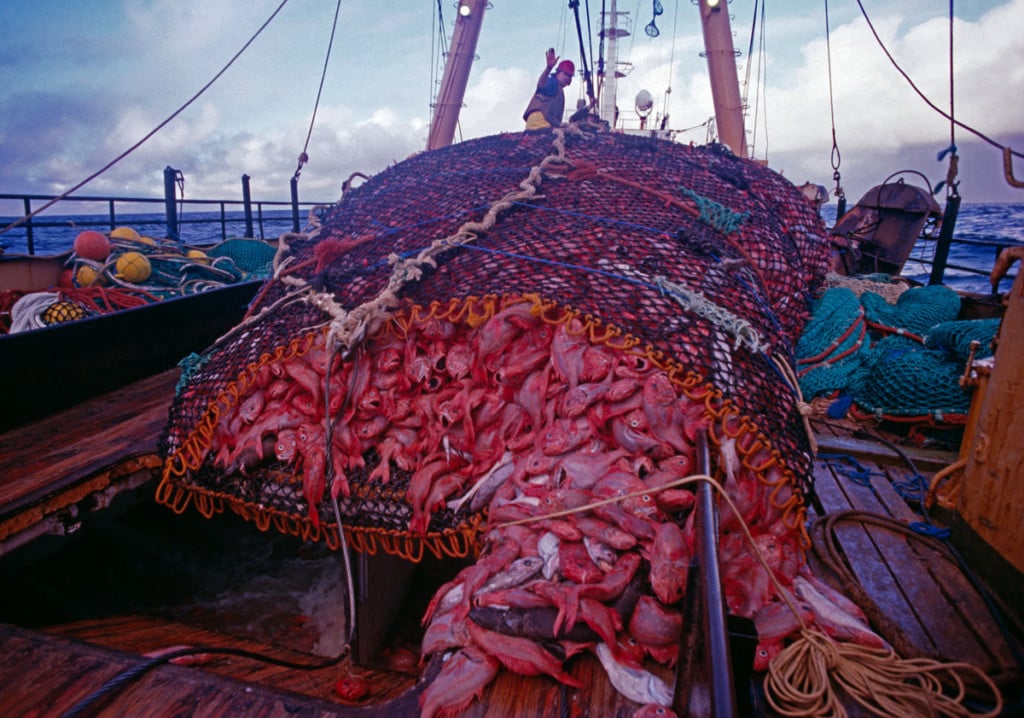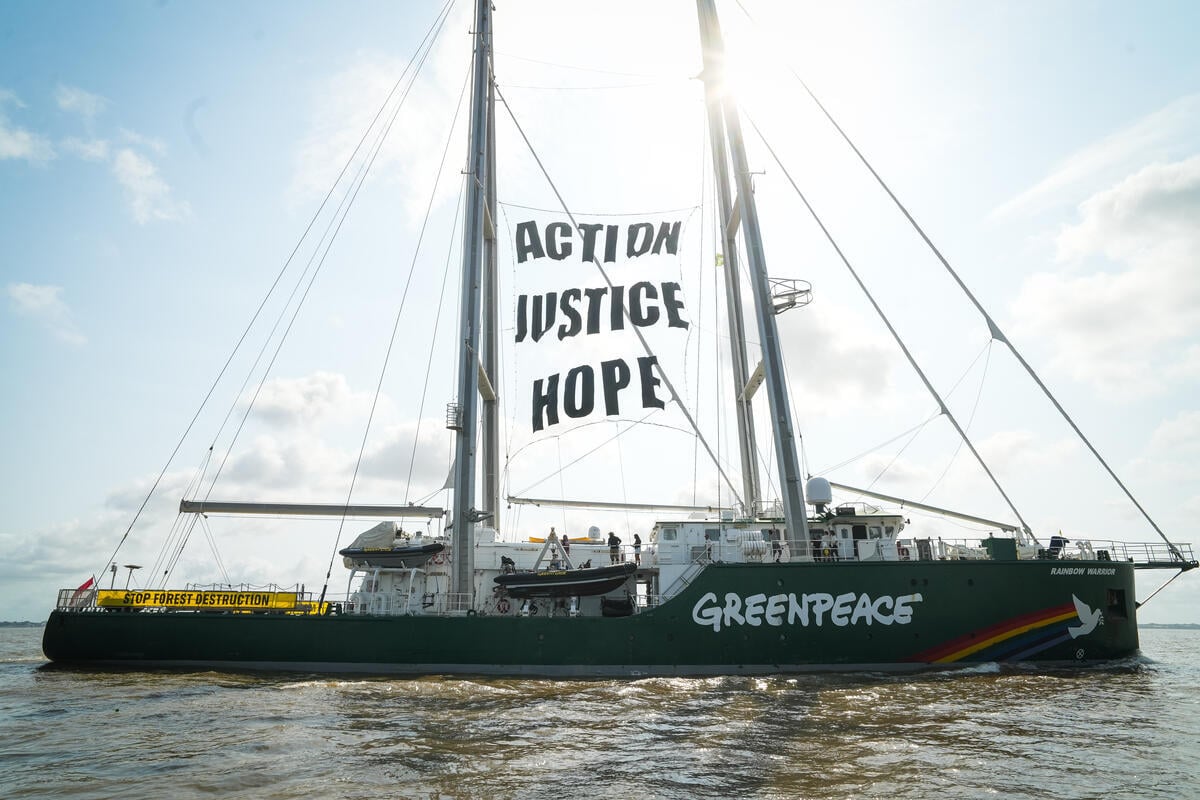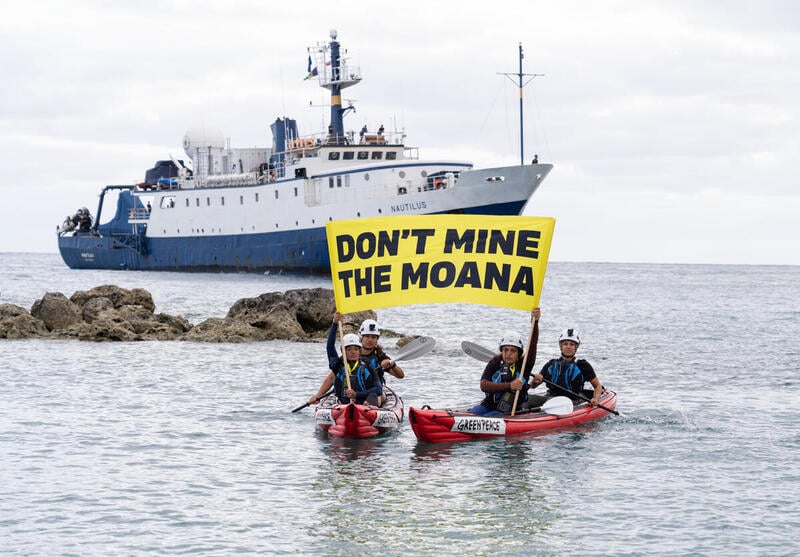New data reveals that New Zealand’s main orange roughy fishery, accounting for half of the country’s total catch, is on the brink of collapse, with one model showing it may have reached that point already, and the government’s considering closing it.
The scientific report from the Ministry for Primary Industries (MPI), released last week, indicates that the fishery, known as East and South Chatham Rise (ESCR) is in a dire state, with over 80% of the original orange roughy population wiped out. The stock assessment puts the population at 8-18% of its original size (10% is generally considered the collapse of a fishery)
Meanwhile, a Fisheries NZ consultation document indicates the government is considering closing the fishery, which has never been closed before.
“This data is consistent with what environmentalists have been saying for years – that bottom trawling has pushed this species to the brink,” says Greenpeace Aotearoa spokesperson Ellie Hooper on board the Rainbow Warrior which has just been on the Chatham Rise.
“It’s clear that this fishery needs to be closed, and that key spawning habitats – seamounts and features – need to be protected from bottom trawling for sustainable fish populations.”
The wider Chatham Rise fishery has recently been under scrutiny after it was revealed a bottom trawler, which was confirmed as fishing for orange roughy, hauled up 6 tonnes of protected stony coral in a single trawl at the end of last year.
“What we’re seeing is a perfect storm of poor fishery management: a stock driven to the brink of collapse by overfishing, the loss of key spawning grounds through heavy trawling on seamounts, and the wholesale destruction of ancient coral ecosystems,” said Karli Thomas of the Deep Sea Conservation Coalition.
“This is a fishery that’s been so overfished it’s not predicted to recover for at least a generation – and that’s just the fish population” says Barry Weeber of Environment and Conservation Organisations of Aotearoa (ECO).
“Those same bottom trawlers destroy corals that can be hundreds, even thousands of years old, and will take many lifetimes to recover. If we want a healthy ocean and fisheries for the next generation, we need to change the way we fish”
This same (ESCR) Chatham Rise orange roughy fishery lost its Marine Stewardship Council ‘sustainable’ tick in 2023 after a stock survey revealed declining catch rates instead of the projected stock recovery, and the stock assessment was declared invalid.
This week, the Environmental Law Initiative is taking the Minister of Oceans and Fisheries to court over the mismanagement of the wider Chatham Rise orange roughy fishery. The case will be heard in the High Court, Wellington on 7-9 July 2025.
Notes for editors
Reports released this week by the Ministry of Primary Industries / Fisheries NZ:
MPI 2025 scientific plenary report for orange roughy ORH3B
FNZ Review of sustainability measures for orange roughy (ORH 3B) for 2025/26

At home and far out to sea, our oceans are being plundered for profit by the fishing industry through bottom trawling. But what is bottom trawling and why is it so destructive to ocean habitats?
Take Action


